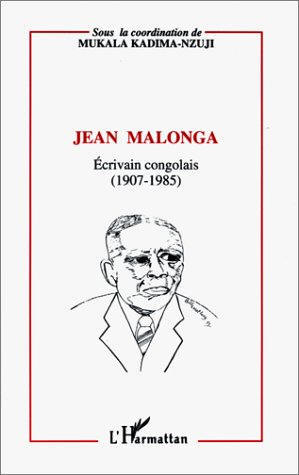While doing research for this, I’ve discovered that
many of the embassy websites have a lot of valuable information. And I also
discovered the Travel.State.Gov website, which is an extension of the US Bureau
of Consular Affairs. It has a plethora of important information on country info
as well as international travel advisories from war/fighting to weather related.
Another cool website I discovered was IfItWereMyHome.com. It’s interesting to
compare two countries together to put it in the perspective if you lived
somewhere else. Ok, that concludes my public announcement. Let’s move on to
more aesthetic topics, like art and literature.
Congo-Brazzaville is known for two types of art:
sculpture and painting. Different
tribes of people had their own distinct styles of sculptures. Many of these sculptures
of made of different types of wood: the Teke people carved their ancestral
spirits out of wood using geometric shapes. They were also famous for making
masks as well. The Kongo tribes were famous (or infamous) for creating their
statues with nails and knifes sticking out of the sculpture. I guess that’ll
teach people to keep their hands off.
Congolese painters have always shown a great
interest and propensity for the arts and especially using a wide array of
influences. Congo has many female
artists who have rose above in the art world to be nationally and internationally
well-known in their field. One well-known painter, Rhode Bathe-Scheba
Makoumbou, is the daughter of another famous painter, David Makoumbou. Her oil
paintings portray women and their social life and daily activities. But not
only does she paint, she also extends herself as a sculpurist. Her main mediums
are sawdust and woodglue fixed on a metal frame. She tries to capture the traditional
village life at risk of disappearance due to the quick urbanization that’s taking
place. Some of the other woman artists making a difference are Yolande Motse
Akanati (who does jewelry making, fashion designing, perfuming, as well as
painting) and Tatiana Tsolo (who also portrays women, but from the point of
view of their feelings and surroundings: love, nature, etc.)
One of the most famous painting schools dedicated
to African painting is Brazzaville’s own Poto-Poto School of Painting. Overall,
one of the most common focuses are depicting the rural as well as the urban
life of the people of Congo.
Most literature from Congo-Brazzaville is written
in French and started to emerge on the scene during the 1950s. Jean Malonga is
often considered one the fathers of Congolese literature and has influenced
many others. His most famous work that brought him to the forefront as well as
the genre of modern Congolese literature is Coeur
d’Aryenne, published in 1954. The focal point of his work, as well as the
works of many of his contemporaries, was the black identity that was taking
place during the colonial period. Keep in mind, these works were emerging at
the same time talk was going on of the independence that would take place about
six years later.
After gaining independence, the country faced new
problems, and of course there was a new identity, which had its affect on
Congolese literature. Congolese started making their way onto the scene, coming
as novelists, journalists, playwrights, and poets. Guy Menga was one of the
first playwrights, first publishing his works in the 1970s. Henri Lopès is another writer who made
distinct points on the comparisons and contrasts between life before and after
independence, especially regarding its contribution to the literary arts. He’s
had several works published over the past 40 years and is currently serving as
ambassador of the Republic of Congo to France.
One author and professor, Alain Mabanckou, is a
perfect example – and probably the most famous – of Congolese diaspora writers.
Because of political instabilities and poor conditions past and present, many
writers and artists were forced to flee the country in order to continue their
art. And many just stayed where they ended up finding refuge even when things
started to get better in Congo. Mabanckou used to teach at the University of
Michigan but is now currently at UCLA (University of California at Los
Angeles).
And while there are far more male writers than
female ones, there have been many female writers to make their names known and
hold their own ground in the literary world. Katia Mounthault is one of the
more famous women writers from Republic of the Congo. Paule Etoumba (poet) and
Adèle Caby-Livannah (short story writer) are two other women writers who have
graced us with their take on insight of Congolese life from the female
perspective.
Up next: music and dance




http://worldlyrise.blogspot.com/2013/08/republic-of-congo-art-and-literature.html?showComment=1426884848208#c6778517687479889573
ReplyDelete